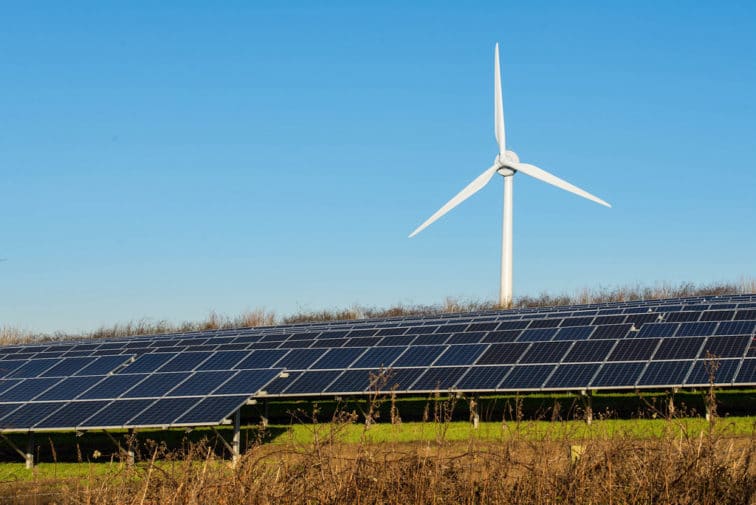Piecemeal approaches to power system upgrades will soon no longer be able to sufficiently handle the vast quantities of variable solar and wind power being added globally, and so a completely transformative approach to electricity grids is required, so finds a new report published this week by the International Energy Agency (IEA).
Oft-criticized in renewable circles for its conservative estimations of solar and wind progress, the IEA’s projections on future issues arising from renewable energy should generally be taken with a pinch of salt and a healthy dose of skepticism.
Nevertheless, its latest report – Next Generation Wind and Solar: From Cost to Value – deals in concerns that are universal across the renewables and wider energy sector, namely: how can electricity power grids be best upgraded and amended in order to handle the coming volume of variable power sources provided by wind and solar?
Having become the fastest growing sources of electricity, meeting almost all incremental demand in 2015 according to the IEA, wind and solar power are bringing problems to some power systems. The report finds that integrating the first few percentage points of variable renewable power into grids poses few problems. It is the mass of power beyond these levels, however, that will require grids to be adapted and upgraded.
The report draws upon a series of recent samples and case studies that highlight how acute the problem is in some parts of the world. In China, for example, 15% of power produced by wind turbines in 2015 had to be curtailed because the power system was unable to integrate it. In some provinces, such as Jilin, that amount rose to one-third curtailment. The report states: “These losses are not paid for, highlighting an investment risk for any company wishing to build additional variable renewables”.
And it is these costs, these risks, that the IEA zeroes in on. According to the report, the traditional focus of levelized cost of electricity (LCOE) is no longer a sufficient measurement of cost where solar and wind are concerned.
“Next-generation approaches need to factor in the system value of electricity from wind and solar power – the overall benefit arising from the addition of a wind or solar power generation source to the power system,” said the IEA. The report stresses that system value is determined by a variety of factors, including reduced fuel costs, lower carbon emissions, and higher additional grid infrastructure costs.
According to the IEA, countries and governments should put in place policies to maximize the benefit from the real value of variable renewables, and only then can wind and solar live up to its true potential. This could include a complete overhaul of the power system in Denmark, for example, where renewables have become the main source of power. Denmark requires a new infrastructure, policies and market in order to maximize its clean energy wealth.
On the other hand, countries such as Brazil, China, Mexico and South Africa should treat the issue of integrating variable renewable energy as a priority, and something that could likely be achieved via strategic upgrades to their power systems, the adoption of advanced renewable technology, and the introduction of policies that encourage solar and wind projects that over greater system value.
You can download the full, 182-page report here.
This content is protected by copyright and may not be reused. If you want to cooperate with us and would like to reuse some of our content, please contact: editors@pv-magazine.com.








By submitting this form you agree to pv magazine using your data for the purposes of publishing your comment.
Your personal data will only be disclosed or otherwise transmitted to third parties for the purposes of spam filtering or if this is necessary for technical maintenance of the website. Any other transfer to third parties will not take place unless this is justified on the basis of applicable data protection regulations or if pv magazine is legally obliged to do so.
You may revoke this consent at any time with effect for the future, in which case your personal data will be deleted immediately. Otherwise, your data will be deleted if pv magazine has processed your request or the purpose of data storage is fulfilled.
Further information on data privacy can be found in our Data Protection Policy.